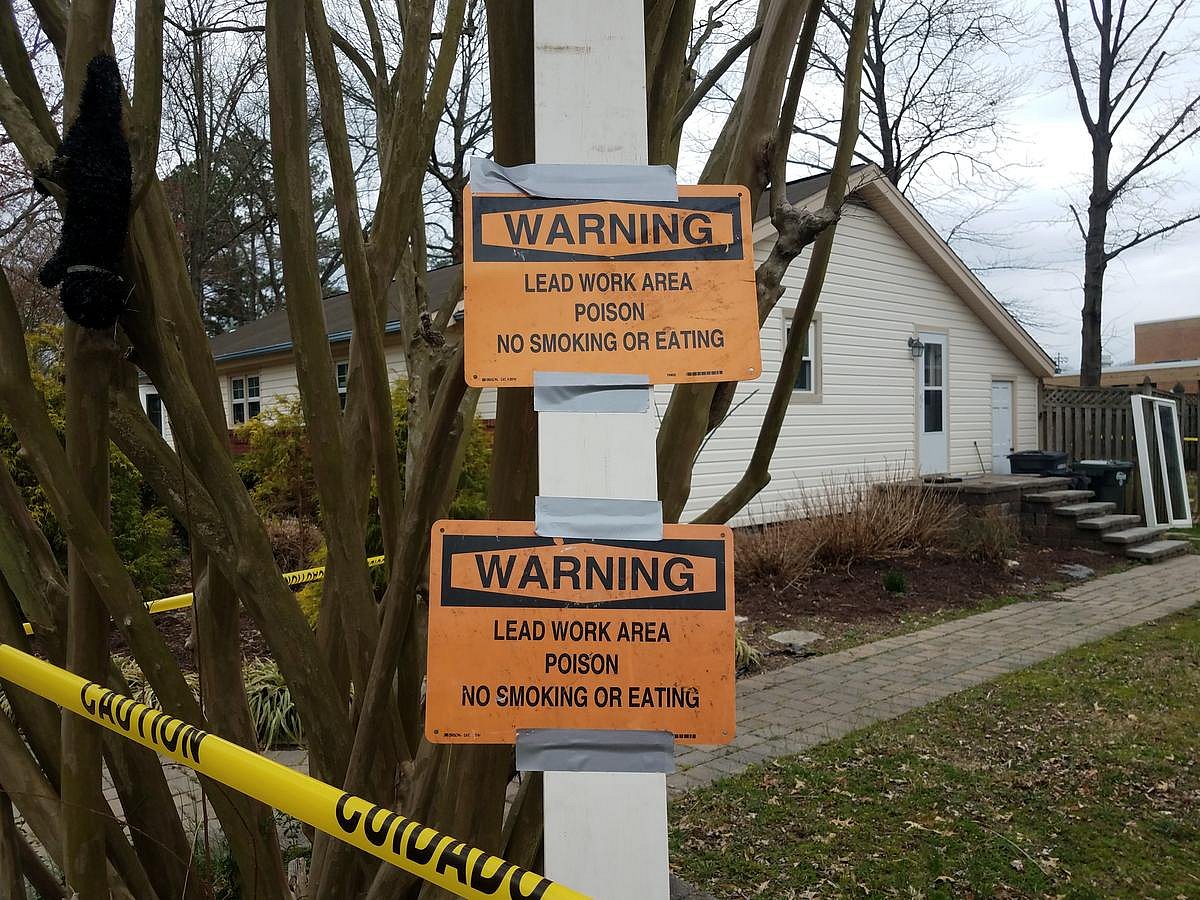ATTENTION ALL CUSTOMERS:
Due to a recent change in our pharmacy software system, all previous login credentials will no longer work.
Please click on “Sign Up Today!” to create a new account, and be sure to download our NEW Mobile app!
Thank you for your patience during this transition.
Get Healthy!

- Posted October 24, 2024
EPA Finalizes Tough New Standards on Lead Paint Dust
In a move that further toughens safety standards for lead paint dust, the Environmental Protection Agency on Thursday announced the finalization of a rule that declares any detectable amount of the toxin in a home or child care center to be hazardous.
“Too often our children, the most vulnerable residents of already overburdened communities, are the most profoundly impacted by the toxic legacy of lead-based paint,” EPA Administrator Michael Regan said in a news release announcing the new rule. “EPA is getting the lead out of communities nationwide. These protections will reduce lead exposures for hundreds of thousands of people every year, helping kids grow up healthy and meet their full potential.”
How will the tougher standard accomplish that?
The new rule would trigger extensive cleanup by a property owner once a doctor, public health official or other expert identifies signs of lead exposure, depending on state and local laws.
It also establishes an aggressive new standard for cleanup that would reduce lead to be at the lowest detectable levels that can be measured in a lab. Lead dust can be created when lead paint crumbles or is disturbed.
The EPA estimated that the rule will reduce lead exposure for up to 1.2 million people every year, including up to 326,000 children under the age of 6.
“We can all breathe a little easier now that the EPA has significantly lowered its dust lead standard to protect children,” Peggy Shepard, co-founder and executive director of WE ACT for Environmental Justice, said in the EPA news release.
“For decades, the academic and advocacy communities have understood that there is no safe level of lead in a child’s blood," she added. "I am a New Yorker whose state leads the nation in cases of children with elevated blood levels. I am an environmental justice leader based in Harlem where studies show that Black children living below the poverty line are twice as likely to suffer from lead poisoning as poor white children. I applaud EPA’s action to address this deadly challenge for our children and families.”
The new lead dust rule follows a groundbreaking decision from the EPA earlier this month to remove all lead pipes in drinking water systems within the next decade.
More than a third of all homes in the United States still contain lead-based paint, which was banned in 1978, the EPA estimates. About 3.8 million of those homes have one or more children under the age of 6 living there.
Even at low levels, lead can cause serious developmental delays and other lifelong effects on children such as hearing and speech issues. Lead paint can have a sweet taste, and children sometimes swallow it after touching contaminated surfaces and then putting their hands in their mouths.
Ruth Ann Norton, president and chief executive of the Green and Healthy Homes Initiative, applauded the new rule.
“This is a step in the right direction,” Norton told the Washington Post.
But Nicole Upano, assistant vice president of housing policy and regulatory affairs for the National Apartment Association, said that while landlords want to reduce childhood lead poisoning, the rule “places the sole onus on the nation’s housing providers to remediate dust levels to absolute zero.”
Upano told the Post that the new standards enforce “an impossible task.”
Child-care providers have also raised concerns about the cost of complying with the stricter standards.
Cindy Lehnhoff, who directs the National Child Care Association, said the industry is already struggling to provide affordable care and suffers a shortage of licensed child-care centers and homes.
Lehnhoff told the Post that the rule will “protect some young children in child care, but will also create an unaffordable expense that will require government funding to implement.”
More information
The Cleveland Clinic has more on lead poisoning.
SOURCES: Environmental Protection Agency, news release, Oct. 24, 2024; Washington Post






